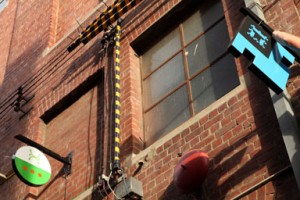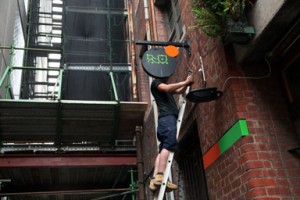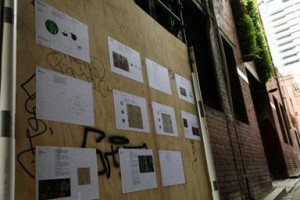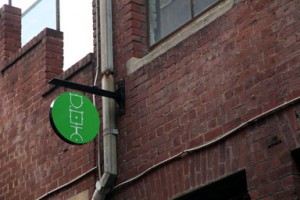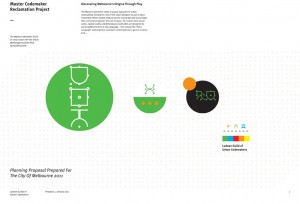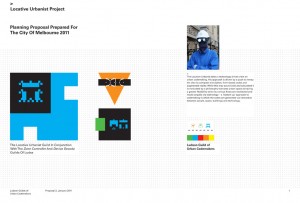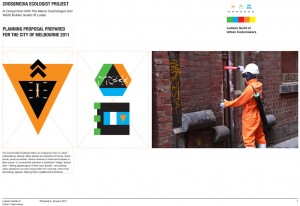Today was our last day in Guildford Lane. With the project complete it is time to move on. The guild sign of the winning guild remains at our old headquarters as a legacy to the last five months we have spent making urban codes in Melbourne. Other, more transient, traces remain – the Master Codemakers’s plan has been posted in Flanigan Lane to encourage public involvement.
In fact with the City of Melbourne on side with the Master Codemaker’s plan to reclaim the city we will stay on within your city in some shape or form…
For your information, all three proposals to rezone the city through play are linked below.
Discovering Melbourne’s Origins Through Play is an urban reclamation project. The MasterCodemaker is mindful that it may not necessarily conform to the terms of the current Planning Process being administered by the City of Melbourne. However it is argued here that Melbourne has had sufficient planning and is need of renewal. This renewal is central to the future polity of the city. It is consistent with the recent activities of the CodeMaker guild and has the imprimatur of the MasterCodemaker himself.
The Locative Urbanist Guild is committed to better understanding of city development through the use of technology, metrics, and encouraging inhabitant’s behaviours through careful consideration of behaviour, play like mechanics, and improved understanding of their own movements and activities.
Game Designer Katie Salen is just one of the many theorists whose has argued of for the possibility of gameplay informing urban design. She argues “Games on one side, and interactive and mutable architecture on the other, share methodology share techniques, share possibilities to orient the practice of architecture toward understanding and shaping building as contexts for user interaction or “sandboxes” which create contexts for user creativity.” The Crossmedia Ecologist supports the idea of urban design informed by play of the possibility of “dynamically authored spaces borne from the collaboration between architects and users”.
